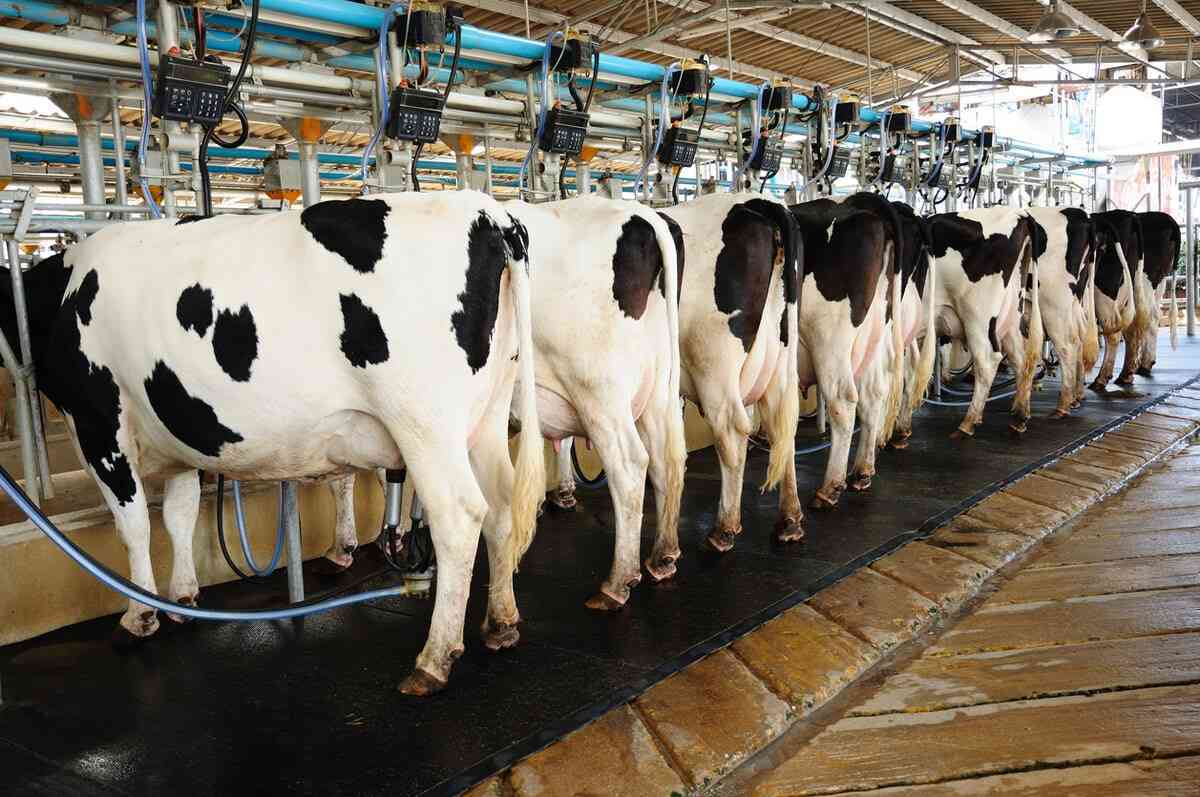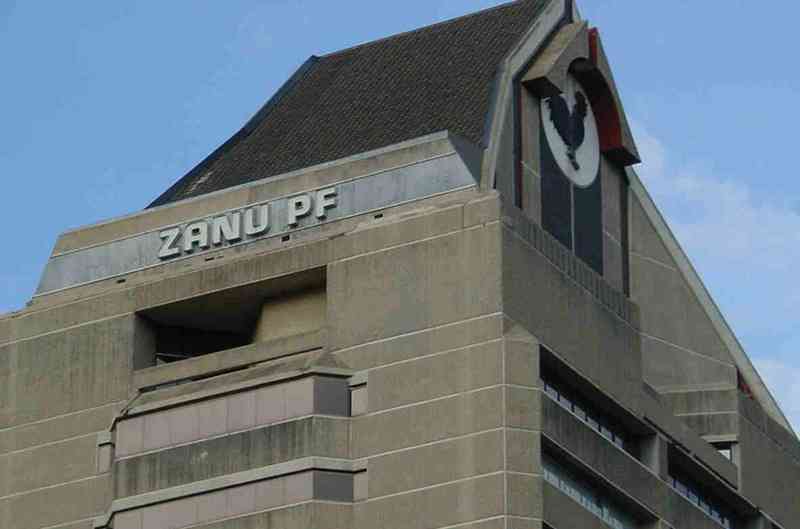
ZIMBABWE’S dairy sector continues to show strong signs of recovery and growth, with milk output rising by 6% to over 57 million litres during the first half of 2025, up from approximately 50 million litres during the same period last year.
According to official statistics, the country’s milk production has been on a steady upward trajectory, from an average of less than 90 million litres in 2016 to more than 114 million litres by the end of 2024.
This growth brings Zimbabwe closer to achieving its national milk requirement of 130 million litres annually, with more than 57 million litres already produced in just the first five months of the year.
The increased output is helping to reduce the import bill on dairy products, conserving the much-needed foreign currency and ensuring the availability of locally-produced milk and related products on the domestic market.
“In line with the National Development Strategy 1, boosting the productivity of the dairy sector is critical,” said Renneth Mano, the executive administrator of the Livestock and Meat Advisory Council.
“What’s needed now is a deliberate focus on scaling up production, addressing industry-specific needs and securing financing to sustain and build on current gains.”
Zimbabwe National Chamber of Commerce chief executive Chris Mugaga said the growth in milk production was expected to enhance the viability of dairy processing firms by ensuring consistent raw milk supply and product pricing stability, and driving competitiveness in the sector.
“There are several economic effects arising from this positive trend,” he said.
- Mavhunga puts DeMbare into Chibuku quarterfinals
- Bulls to charge into Zimbabwe gold stocks
- Ndiraya concerned as goals dry up
- Letters: How solar power is transforming African farms
Keep Reading
“The increase in production strengthens the competitiveness of local dairy firms, ensuring the sector remains viable in the short to long term.”
The rebound is not only strengthening value chains, but also supporting employment creation and stimulating rural economies, particularly in regions with strong dairy farming activities.
Stakeholders believe the industry is well-positioned to unlock further value through targeted investments in infrastructure, training and modern technologies for milk production and processing.










